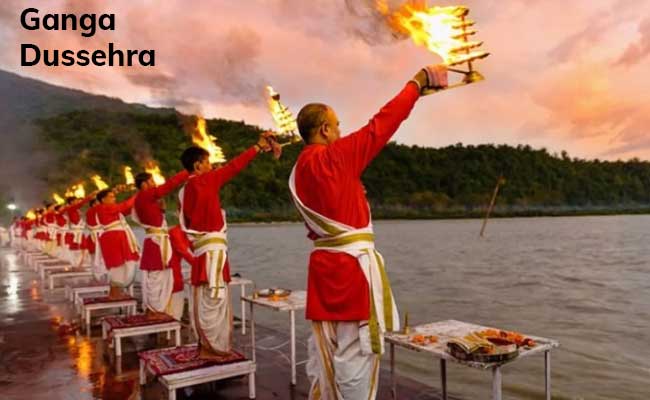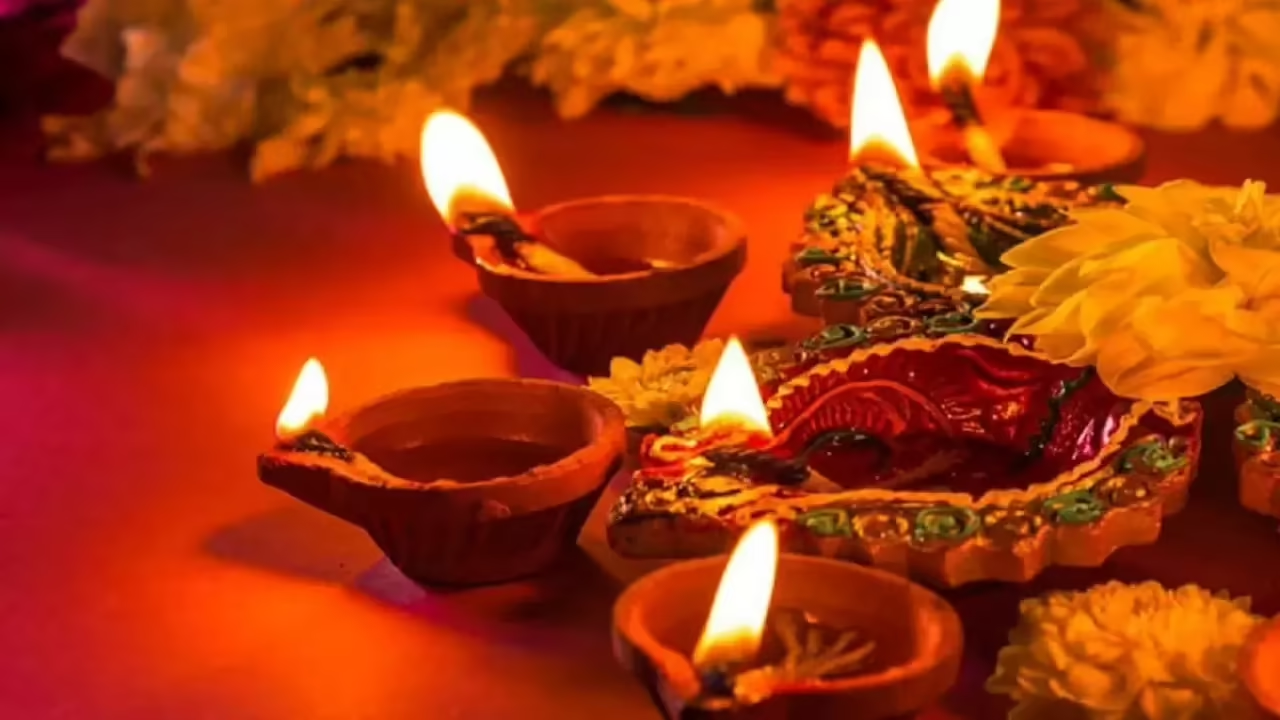Introduction: India is a land of diverse cultures, traditions and religions. The country celebrates numerous festivals throughout the year, each having its own significance and purpose. One such festival is Ganga Dussehra, which is dedicated to the River Ganges. Ganga Dussehra is a ten-day festival celebrated in different parts of India with great enthusiasm and devotion. In this article, we will delve deeper into the significance of Ganga Dussehra and explore its traditions and rituals.
Significance of Ganga Dussehra: Ganga Dussehra is celebrated on the tenth day of the Jyestha month, which usually falls in May or June. This festival is dedicated to the River Ganges, which is considered to be a holy river in India. The significance of Ganga Dussehra lies in the belief that it was on this day that the River Ganges descended from heaven to earth. It is believed that taking a dip in the holy waters of the River Ganges on this day can wash away one’s sins and bring good fortune.
Celebrations: Ganga Dussehra is celebrated in different parts of India, including Uttar Pradesh, Bihar, and West Bengal. The festival is marked by various rituals and traditions, which vary from region to region. Let’s take a look at some of the common celebrations of Ganga Dussehra.
Bathing in the River Ganges: One of the most important traditions of Ganga Dussehra is taking a dip in the holy waters of the River Ganges. Devotees believe that by doing so, they can cleanse their souls and seek blessings from the River Ganges. Thousands of people flock to the banks of the River Ganges on this day to take a dip in the holy waters.
Puja and Aarti: Puja and Aarti are an essential part of Ganga Dussehra celebrations. Devotees perform a special puja to the River Ganges, which involves chanting mantras, offering flowers, and lighting lamps. In the evening, a grand aarti is performed, where devotees light diyas and offer prayers to the River Ganges. The aarti is accompanied by devotional songs and hymns, creating a spiritual ambiance.
Processions: In many parts of India, processions are taken out on the occasion of Ganga Dussehra. These processions involve carrying the idol of the River Ganges on a decorated chariot, accompanied by devotees singing devotional songs. The procession ends at the bank of the River Ganges, where the idol is immersed in the holy waters.
Feasting: No festival in India is complete without feasting. On the occasion of Ganga Dussehra, people prepare a variety of delicious dishes and offer them to the River Ganges as a symbol of gratitude. Devotees also distribute prasad among each other, which is considered to be a blessing from the River Ganges.
Conclusion: Ganga Dussehra is a festival that celebrates the River Ganges, which is considered to be a holy river in India. The festival is marked by various traditions and rituals, including taking a dip in the holy waters of the River Ganges, performing puja and aarti, taking out processions, and feasting. Ganga Dussehra is not just a festival; it is a way of seeking blessings from the River Ganges and cleansing one’s soul. The festival is an essential part of Indian culture and heritage, and it continues to be celebrated with great enthusiasm and devotion.
![]()





